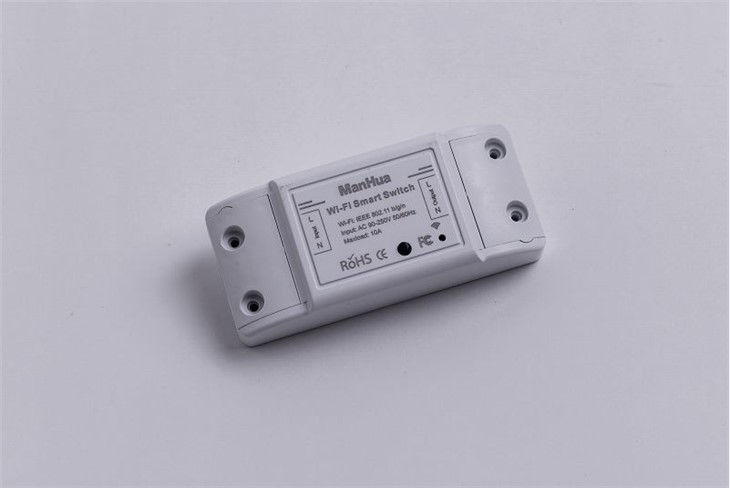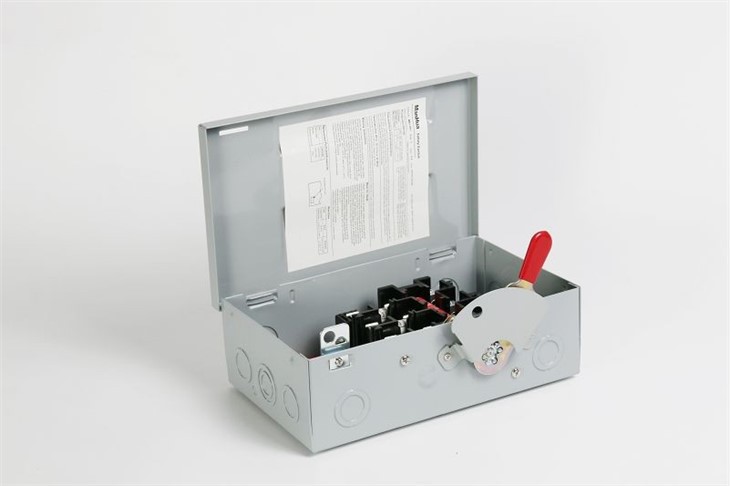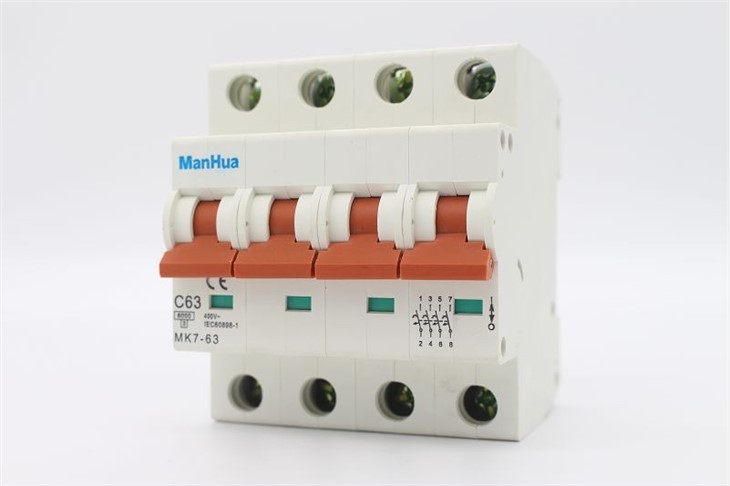Q: What does a time switch do?
A: A Time Switch is a control device that turns a load ON and OFF at the set times. However, most models of Time Switches do not have an input section. Timer switches are perfect for use if you tend to leave lights on even when you don't need them. These switches can be programmed to turn lights on/off at specific times of the day, thus optimizing energy use. If you have children in the house, timer switches will help you control your energy consumption.
Q: What is the time switch also called?
A: Time switches are also known as a timer or timer contactor that is used to control an electric switch. Time switches can be simple outlet timers or sophisticated digital ones, be arranged in an existing power circuit, including a contactor or a relay.
Q: What is the operation of time switch?
A: With timer operation, the Time Switch controls the output according to the set ON and OFF times. Which switches power, usually off, after a preset time. A cyclical timer switches equipment both on and off at preset times over a period, then repeats the cycle; the period is usually 24 hours or 7 days.
Q: What are the different types of time switches?
A: There are four main types of timer switch: Mechanical Timer Switch, Digital Timer Switch, Astronomical Timer Switch, and Smart Timer Switch. Other types of timer switches include: Photocell, Absolute-time-of-day, Countdown, Watchdog, CRON.
Q: What is mechanical time switch?
A: Mechanical time switch is a timer system that is used in many places in daily life. For example, time-based regulation of daily electricity consumption in order to save money is the most frequently used area. Advertising signs that are active at certain hours of the day are the best example of this kind of usage. Broadly speaking, there are three main types of them: linear, tactile, and clicky. Most companies will label these switches in terms of color, with Red being linear, Brown being tactile, and Blue being clicky.
Q: How much power does a time switch use?
A: Mechanical time switches use clockwork to measure time. They are used to turn on devices at the end of a specific time period. A mechanical timer consumes about 1 Watt per hour. That means 24 Watt per day. A digital timer usually consumes a little bit more power. Here, the power consumption is about 2 Watt per hour.
Q: How is timer switch connected?
A: The mechanical time switch is wired into a circuit much like a small appliance circuit, with an incoming electrical (LINE) cable connected to screw terminals on the switch, and the outgoing power cable connected to LOAD terminals. The simplest way is to purchase a timer that does not need a neutral wire to operate. This way you will not need to make any changes to the switch, and the timer will work with no neutral wire.
Q: How do you adjust a time delay switch?
A: To reset the relay, remove the input voltage and reapply. These will energize the relay for the set time. In order to restart the timer, voltage must be removed from the control or input contacts and then reapplied. Similar to the flasher function, this will pulse the relays on and off.
Q: What is the difference between digital and mechanical timer switch?
A: Most mechanical switch designs have a plunger to activate a microswitch. High shock and vibration conditions can cause fluctuation in the plunger position, which can lead to false trips. New solid-state, digital switches have no moving parts. Mechanical timers are more reliable and durable but are bulkier than their digital counterparts. They can handle higher electrical loads and tend to be larger than digital timers.
Q: Do mechanical timers work without power?
A: Some do. Some don't. It depends on the type of timer. Those mechanical clock switches in old hotels that turn on the infrared heat lamp in the bathroom for 15 minutes use mechanical power of your hand to set the timer and mechanical power of the spring to run the timer.
Q: Do mechanical timers use a lot of electricity?
A: No, a mechanical timer consumes about 1 Watt per hour, 24 Watt per day. It's good to note that in many cases, the mechanical timer power consumption rate is lower than that of digital timers, about 1 watt an hour compared to around 2 watts an hour for digital timers.
Q: Do timers save electricity?
A: Yes, timers and sensors control lighting and electricity when rooms and appliances aren't being used. Timers can also help with security, switching lights on and off when no one is at home. Installing timers for different appliances and devices in your home is a simple way to reduce the amount of energy you use on a regular basis. This results in significant savings on your electric, heating and cooling bills throughout the year.
Q: Are light timer switches safe?
A: Lighting timers can help you deter burglars and intruders by making your home look occupied, but they can also be vulnerable to tampering or hacking. To prevent this, you should secure your timer properly and:
Secure the timer properly
Avoid obvious patterns or clues
Not disassemble it
Not deform it under pressure
Not heat it to 100°C or higher
Q: Can I put a light switch on a timer?
A: In general, you can install a timer switch over an existing light switch. This method doesn't require wires or complicated installations. To install a timer switch on a hard-wired light fixture, you'll need to replace the light switch with a timer that has the same current and voltage as the old switch. You'll also need a new cover plate that's the same size as the old one and has holes for the timer controls.
Q: Which is better mechanical or digital timers?
A: They both work the same way and can perform the same functions. Mechanical timers tend to be larger, last longer, and can handle more electrical load than a digital timer; however, they also tend to be designed as large, grey, metal boxes, which may stick out quite a bit in your home décor. A digital timer switch, on the other hand, is smaller and more visually pleasing.
Q: What are the disadvantages of mechanical switches?
A: They are noticeably harder to clean. If you are trying to clean a device that has mechanical switches, you need to get into the gaps around the switch in order to properly clean the device. Mechanical keyboards can be louder than membrane keyboards because of their distinct clicky or tactile feedback. Mechanical keyboards average between 50 and 60 decibels (dB) when typing, and the loudest can reach 78 dB or more on aggressive keystrokes.
Q: Where are time delay switches used?
A: Time delay relays are used in lighting systems, whether at home or at large levels, to provide a delay before turning the lights on or off. They also can be used to control the operation of fans and other HVAC components, or delay the start or stop of fans, control the timing of conveyor belts, production lines, and other machinery.
Q: What is pneumatic time delay switch?
A: Pneumatic timers are used when you need to delay the air signal coming in or going out of your air component. They are one machine fail safe that can reduce electric fires because they use air pressure instead of voltage currents to work, and will cut power or start it when necessary. It's used to delay air signals coming in or going out of an air component. The air time delay can be adjusted from 0.5 to 60 seconds, depending on the model.
Q: What is turn off delay time?
A: An off delay timer is an electrical device uses a delay function to control when a device or system is turned off. They open or close the circuit as soon as power is removed. The contacts will not return to their normal position until the preset time delay has elapsed, at which point the load is de-energized. OFF-delay timers are often referred to as “delay on break” timers.
Q: What is the purpose of a time delay circuit?
A: A time delay circuit is an electronic circuit that delays an input signal for a few seconds or minutes. The functionality occurs when the switch circuit receives power. There are various time delay relays, each with specific uses. Some common applications for time delay relays include controlling the start and stop of machines, controlling the on and off cycling of a load, and delaying the activation of a circuit. They are designed to allow electrical circuits to release at certain times.



















